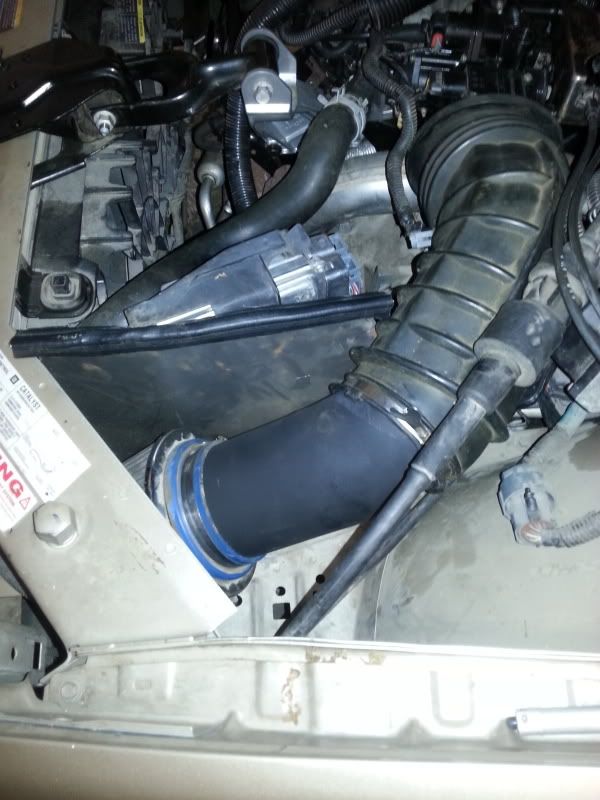That's it right thurr.
it is getting heatsoaked and not reading true temps,i'll post a pic up.
In the future I will likely swap to the TBI charge sensor which is brass and mount in the lower intake.
I have been meaning to put a ktype in it and making sure of temp readings.
I'm honestly not sure what the heck it is doing,I suspect it is reading wayy off though.




 Reply With Quote
Reply With Quote










Bookmarks